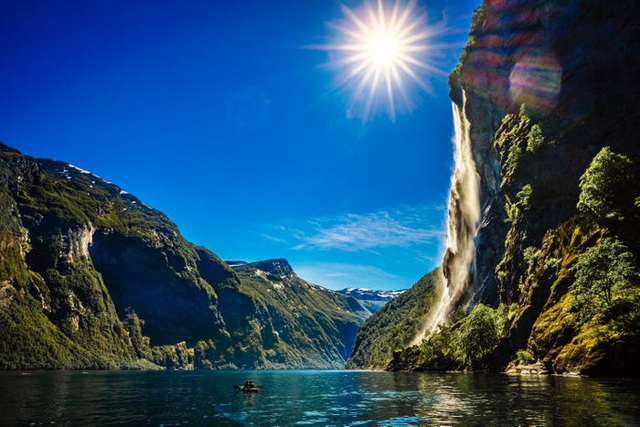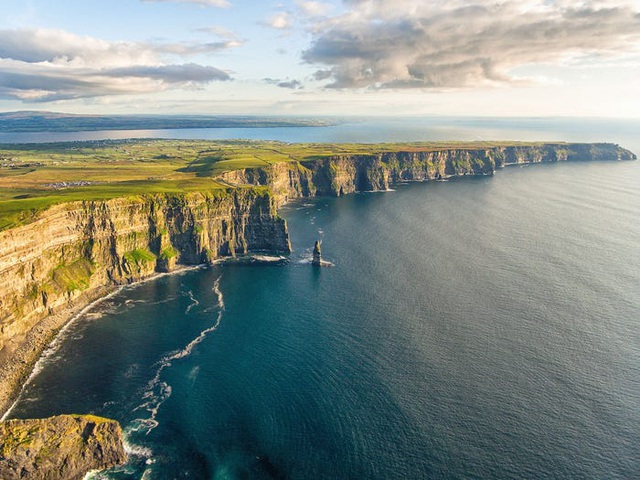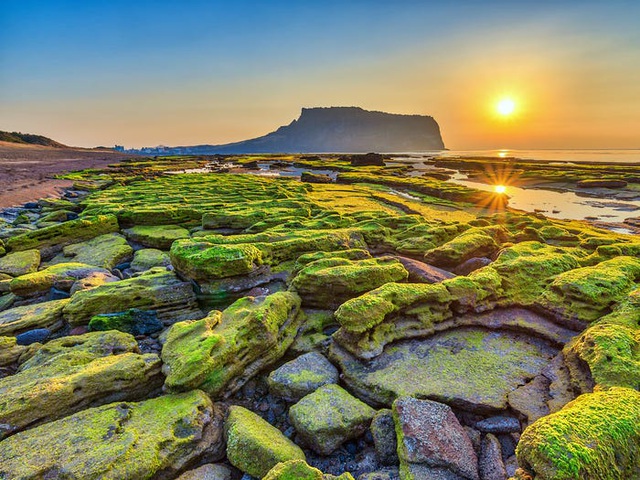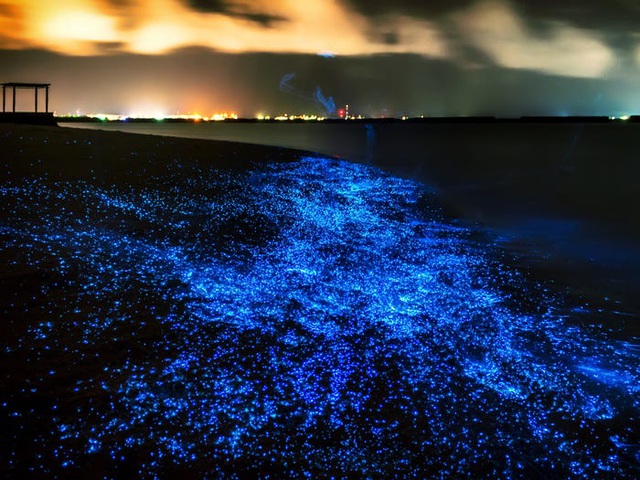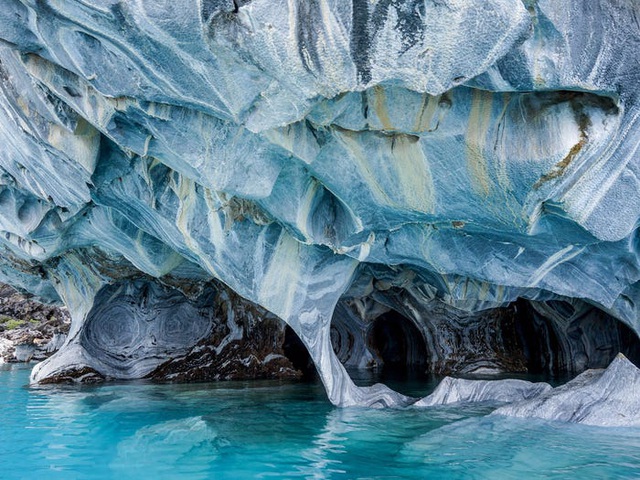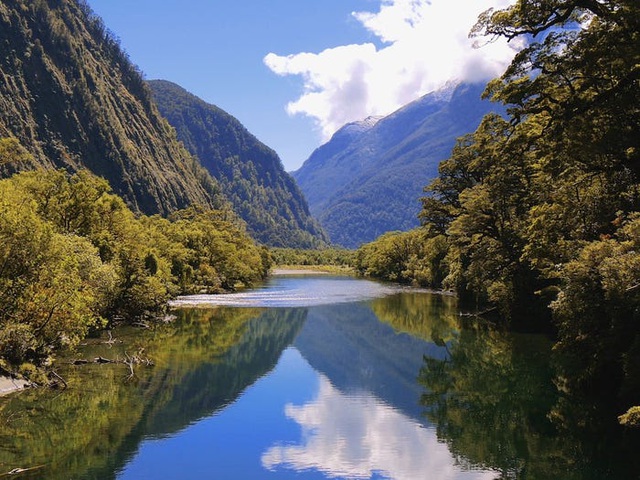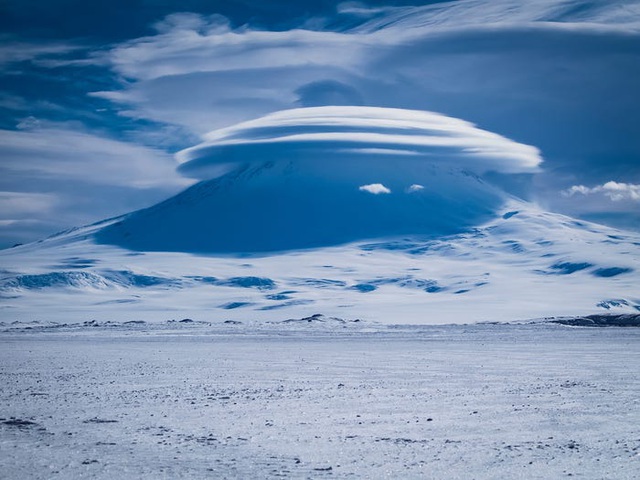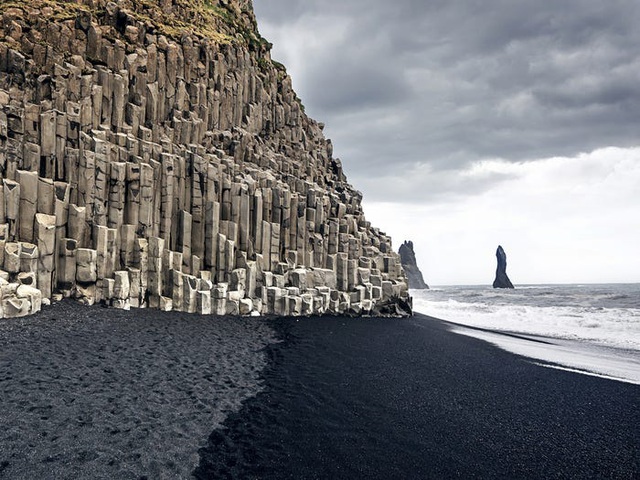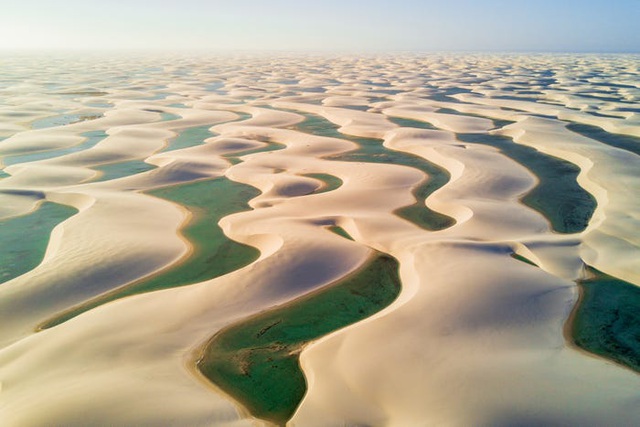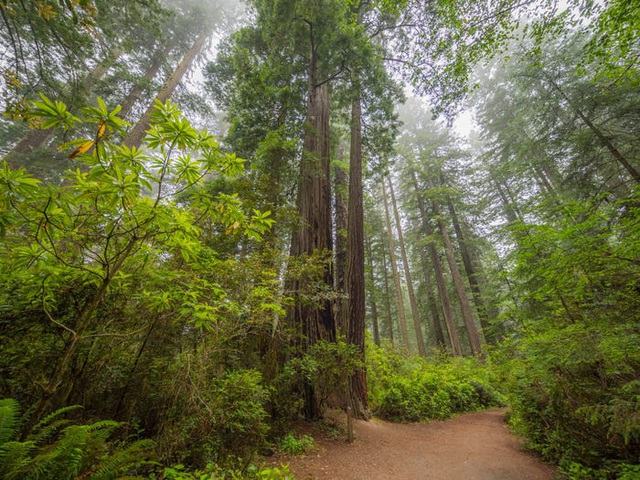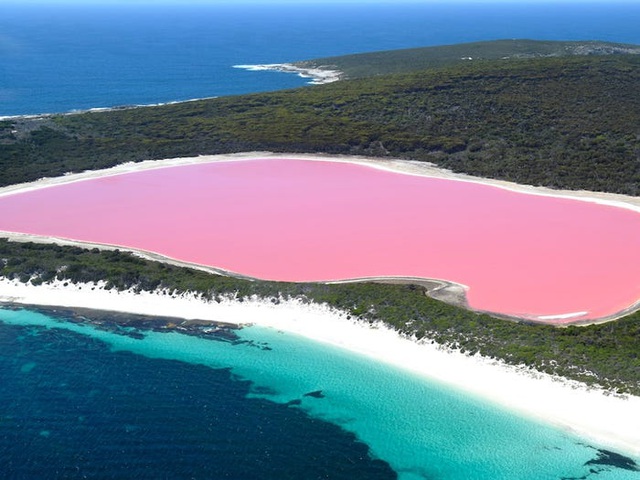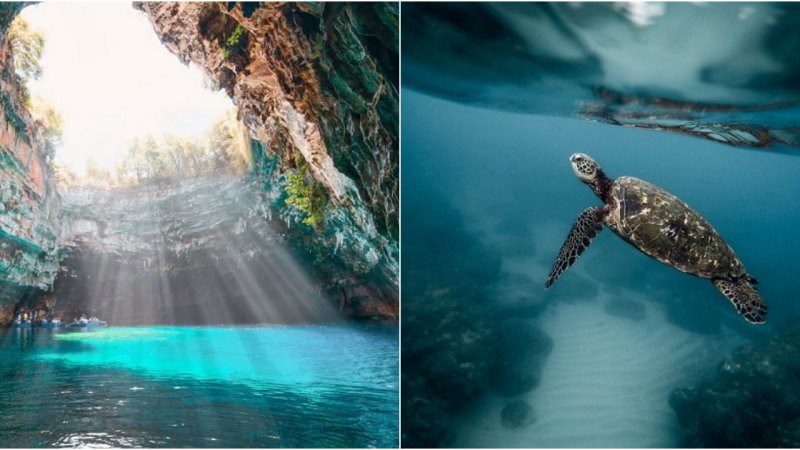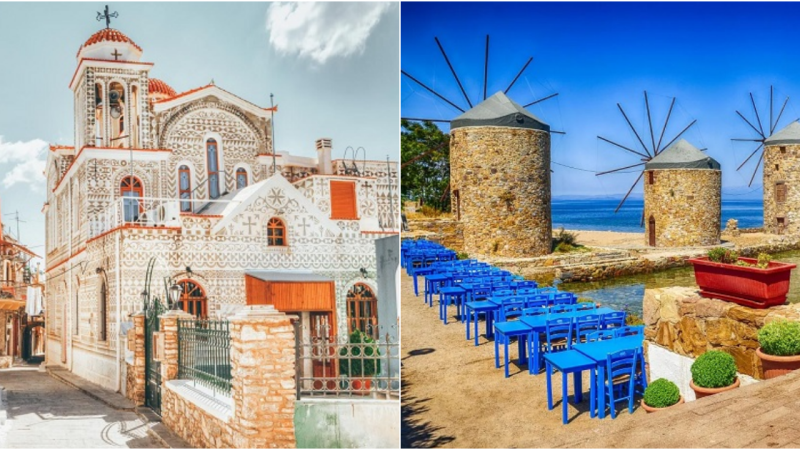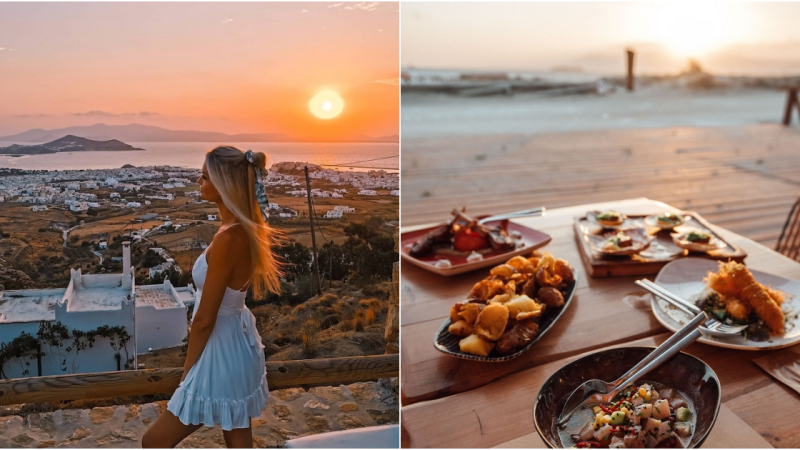30 Most Beautiful Natural Wonders in the World (Part 2)
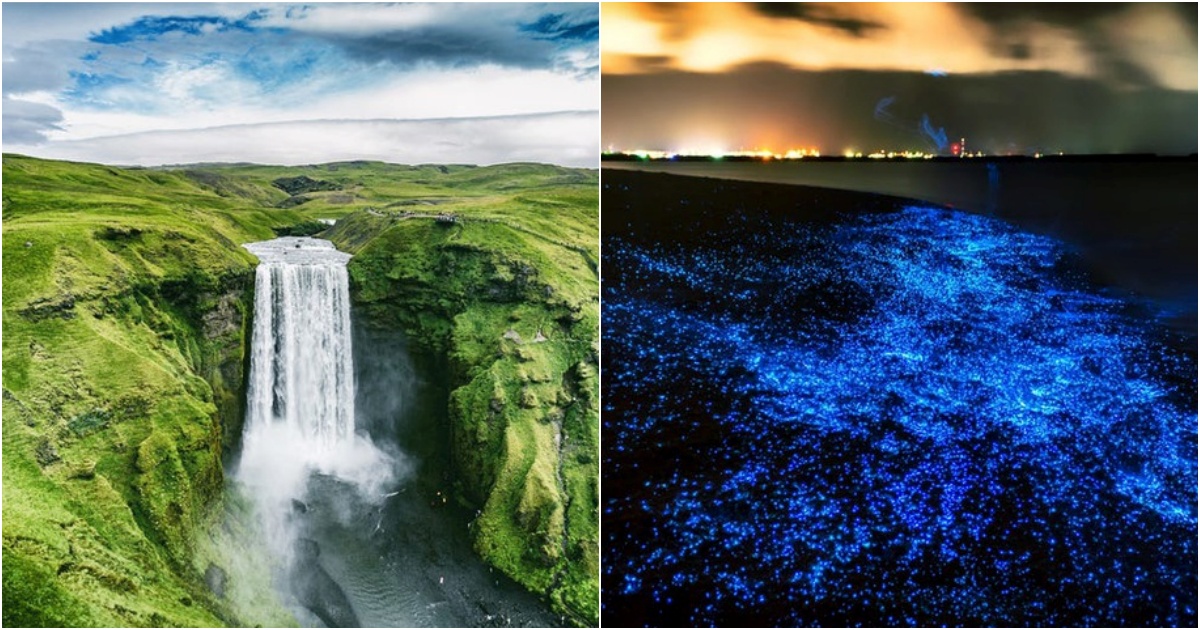
1. Ha Long Bay, Vietnam
Ha Long Bay is Vietnam’s UNESCO World Heritage site renowned for its thousands of small and large islands. The most fascinating way to explore is by spending a night on a boat, immersing yourself in the beauty of the bay.
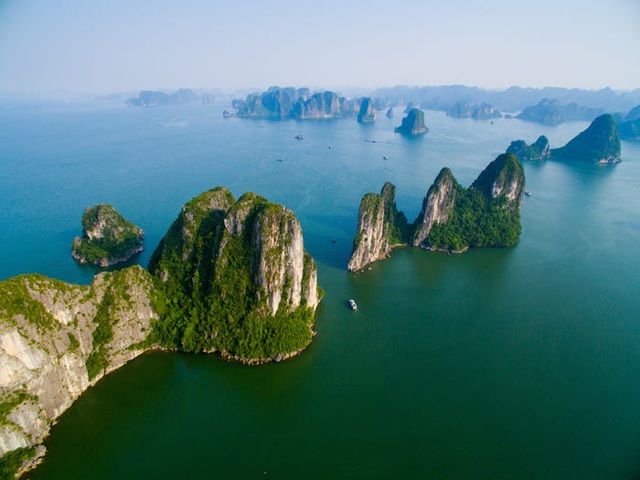
2. Geiranger Fjord, Norway
Geiranger Fjord in Møre og Romsdal county, Norway, is often referred to as the “waterfall capital.” Formed by glacial rivers, this deep and narrow fjord is surrounded by steep mountains on all sides. Geiranger is one of Norway’s most famous fjords and a UNESCO World Heritage site.
3. Lake Nakuru, Kenya
Lake Nakuru in Kenya’s famous national park is home to rhinos, hippos, zebras, and water buffalos, but it’s most renowned for its thousands of vibrant pink flamingos. Surrounding the lake are lush wetlands and green grasslands.
4. Playa de las Catedrales, Spain
Playa de las Catedrales is a rocky beach located in Galicia, Spain. The impressive rock formations here are entirely the work of nature.
5. Cliffs of Moher, Ireland
One of Ireland’s most visited natural attractions, the majestic Cliffs of Moher stretch for 8 kilometers along the country’s western coastline.
6. Jeju Island, South Korea
Jeju Island in South Korea is proud to be home to Mount Hallasan, the country’s highest peak standing at an elevation of 1,950 meters. It is also known for its peculiarly shaped volcanic caves formed when lava cooled.
7. Bioluminescent Beaches, Maldives
To experience the enchanting bioluminescent beaches of the Maldives, you can visit any of the country’s 1,190 islands. This phenomenon is the result of bioluminescence from the marine organisms living underwater. Some top locations to witness this natural light display are Athuruga, Reethi, and Mirihi islands.
8. Marble Caves, Chile
Located in Patagonia on Lake General Carrera, Chile’s marble caves were formed over 6,000 years ago by the erosive power of waves.
9. Milford Sound, New Zealand
Milford Sound in New Zealand was created by glacial rivers during the ice age. The sound is located off the South Island and is famous for its diverse landscapes, from waterfalls to towering mountains.
10. Mount Erebus, Antarctica
With an age of 1.3 million years, Erebus is an active volcano in the southernmost part of the world, reaching a height of 3,794 meters above sea level.
11. Reynisfjara Beach, Iceland
Reynisfjara Beach in Vik, Iceland, looks like a different world with its black sand beach, basalt columns, and enveloping mist. During winter, the Northern Lights can also be witnessed here.
12. Lençóis Maranhenses National Park, Brazil
The mesmerizing white sand dunes of Lençóis Maranhenses National Park captivate visitors. Connecting to rivers and stretching towards the ocean, these dunes contribute thousands of tons of sand to the Atlantic Ocean.
13. Redwood National Park, USA
The towering redwood trees in California’s Redwood National Park are among the tallest in the world, with some reaching up to 121 meters in height and 600 years in age. Covering over 1,390 hectares, the Redwood National Park spans the northern coastline of California.
14. Lake Hillier, Australia
The pink-colored Lake Hillier remains a mystery to scientists as no one knows exactly why it possesses such a vibrant hue. Most believe it is due to certain algae living in the highly saline waters of the lake, or it could be the result of pink-colored bacteria called halobacteria creating this unique color.
15. Skógafoss Waterfall, Iceland
Skógafoss Waterfall originates from two glacial rivers named Eyjafjallajokull and Myrdalsjokull. According to legend, a Viking named Thrasi hid his treasure chest beneath this stunning waterfall. Its dense spray often forms a magnificent rainbow on sunny days, adding to its allure.
